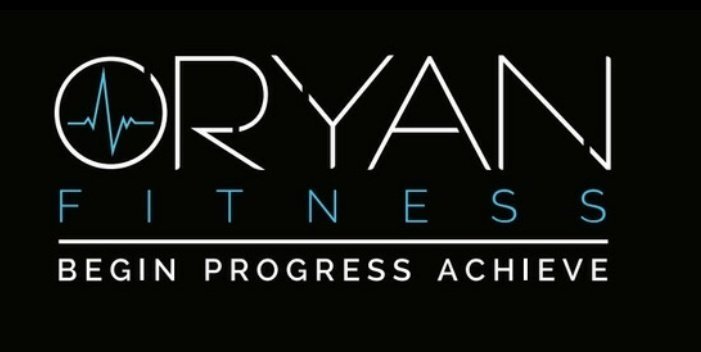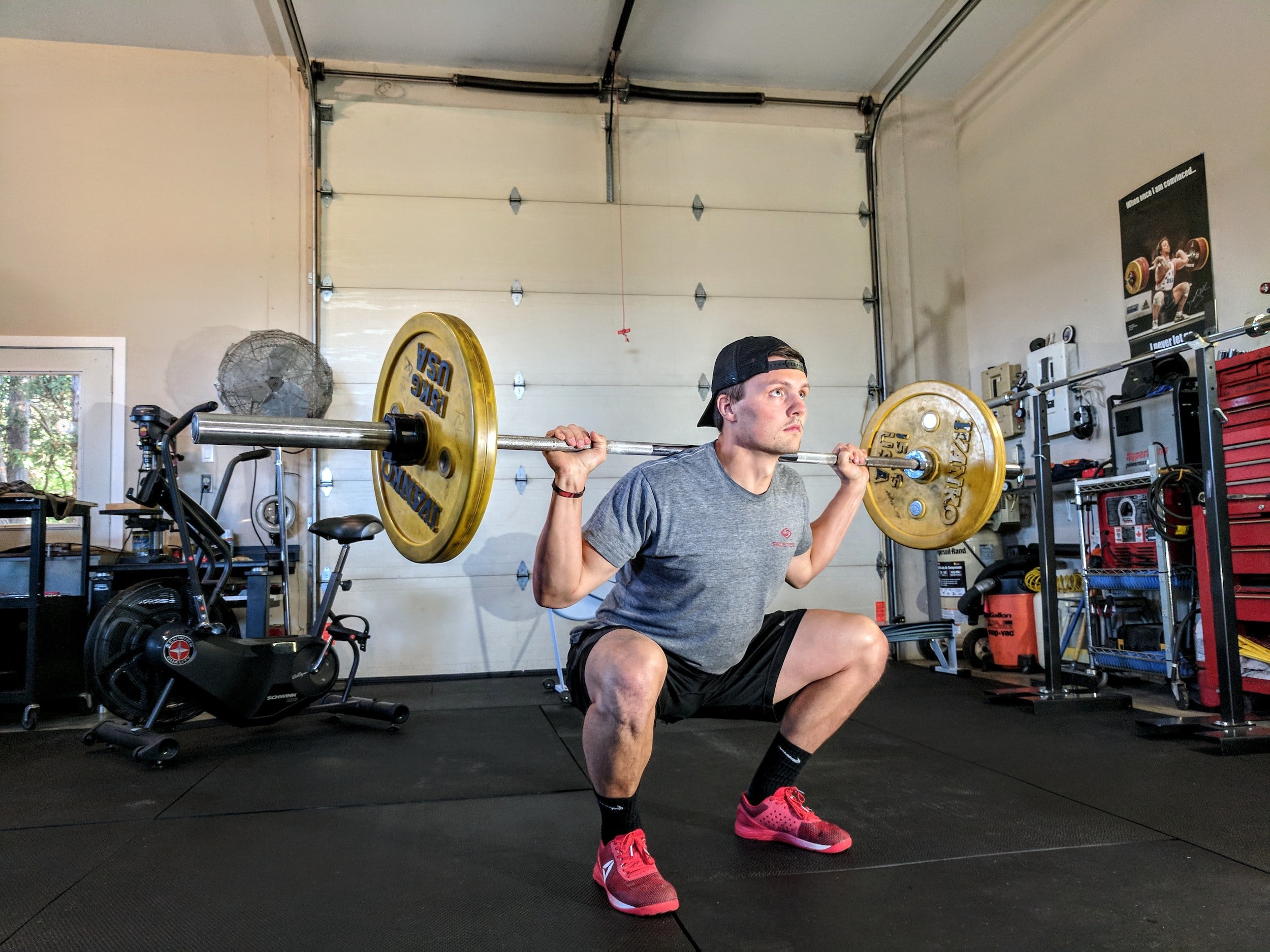How to Maximise Your Strength Training
Are you trying to maximize your workouts? Then you need to Understand the benefits of compound and isolated exercises to help you tailor your routines for optimal progression.
Compound exercises involve movements that recruit multiple muscle groups simultaneously, resulting in calorie burn and muscle growth at a faster rate. These movements may provide a more functional strength improvement, have superior benefit to time ratio and enhance overall athleticism. However, it generally cannot focus on isolating the targeted muscle like an isolated exercise would allow.
Squat is an example of a multi joint compound exercise. Using the ankle, knee, and hip joints and core muscles.
Isolated exercises, on the other hand, typically focus on one specific muscle group for an intense workout. With a consistently directed intensity to a specific muscle, the isolation approach provides a greater hypertrophic potential over compound movements. This can be useful in both injury prevention and rehabilitation to restore balanced strength among various muscles.
Biceps curls is an example of isolated exercise, using one joint that is the elbow.
So when should you use each type of exercise?
Compound exercises can be effective in the beginning stages of strength or endurance training or foundational fitness as it engages more significant amounts of musculature with high neuromuscular activation, leading to building muscle and strength and even burning fat. Alternate usages could be in circuit training where the person is trying to improve their work capacity and burn more calories during a shorter span of time.
Isolated exercises can be beneficial for focusing on aesthetic parameters such as fine-toning and hypertrophy goals when there are asymmetrical conditions or pre-existing injuries/anatomical differences. They are important to tone your body or specific part, like the arms.
Here are some general guidelines:
🔹 If you’re a beginner or looking to build overall strength and muscle mass, focus on compound exercises. They’ll provide more bang for your buck and help you build a solid foundation.
🔹 If you’re more advanced or looking to fine-tune specific muscles, add in some isolated exercises to target those areas. Just be careful not to overdo it and neglect compound exercises altogether.
Ultimately, whether you choose to perform a compound or isolated exercise depends on your overall goals, training experience, intended stress levels, equipment availability, physical state and current fitness outcomes. So get creative with your personal training regime and design a customized workout plan with fitness tools that accomplish your targets effectively. You may need a good personal trainer to write a personalised workout and diet plan. As always, it’s important to listen to your body and tailor your workouts to your goals and abilities. Mix and match compound and isolated exercises to create a balanced and effective workout routine. Happy lifting! 💪🏋️♀️🏋️♂️



